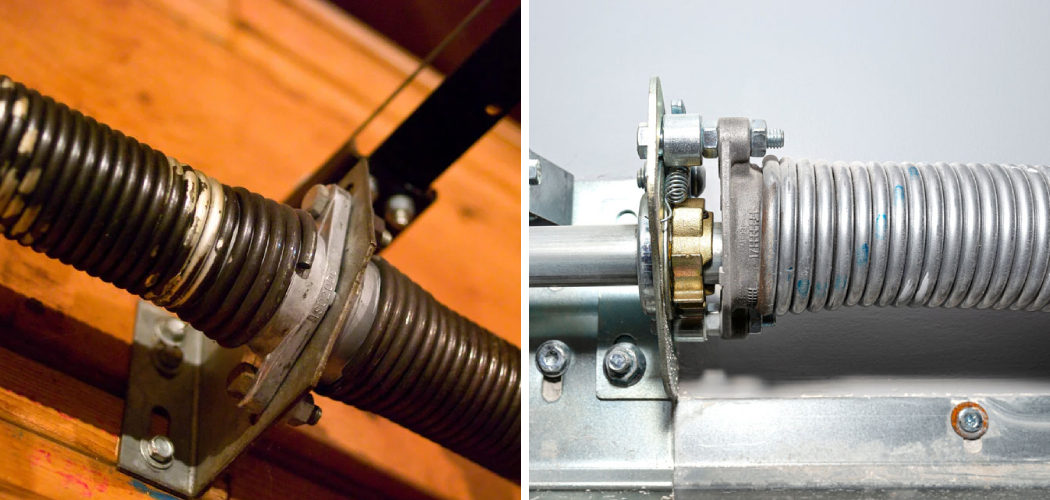Selecting the correct torsion spring is crucial for the safety and functionality of your garage door. Torsion springs are vital in counterbalancing the door’s weight, ensuring smooth and controlled opening and closing. They are wound tightly and store mechanical energy used to lift the door effortlessly. The performance and longevity of torsion springs directly affect the overall operation of the garage door system. When determining how to choose torsion spring for garage door, various factors need to be considered, including the door’s weight, height, and expected cycle life of the springs. Understanding the types of springs, along with consulting reference charts and manufacturer recommendations, will guide you in making an informed decision that enhances your garage door’s efficiency and safety.
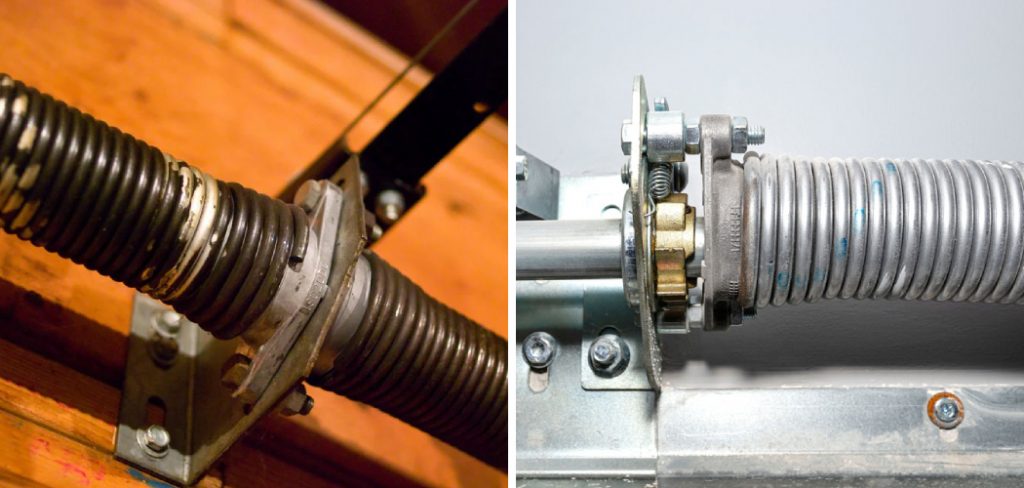
Understanding Torsion Springs
Function and Importance
Torsion springs are essential in garage door systems, designed to counterbalance the door’s weight. When the door closes, the torsion springs wind up, storing energy essential for lifting the door back up. This mechanism ensures that the garage door opens smoothly with minimal effort. Proper spring tension is crucial for the safe and efficient operation of the door. Inadequate tension can lead to jerky movements and strain the door opener, while excessive tension poses a safety hazard, increasing the risk of spring failure or even injury.
Types of Torsion Springs
There are primarily two types of torsion springs: standard and high-cycle. Standard torsion springs are designed for typical residential use, balancing performance and cost. On the other hand, high-cycle springs are built to endure more opening and closing cycles, making them ideal for doors that experience heavy usage. When choosing between oil-tempered and galvanized springs, consider your environmental conditions. Oil-tempered springs are durable and capable of withstanding fluctuating temperatures, while galvanized springs are resistant to rust and corrosion, making them suitable for humid or coastal environments.
How to Choose Torsion Spring for Garage Door: Assessing Garage Door Requirements
Measuring Garage Door Weight
Accurately measuring the weight of your garage door is essential to determine the appropriate torsion springs. To begin, disconnect the garage door from the opener by pulling the emergency release handle. This ensures the door operates manually. Next, slide a bathroom scale underneath the center of the door. Raising the door just enough to place the scale is crucial, ensuring you read the weight without exerting additional force.
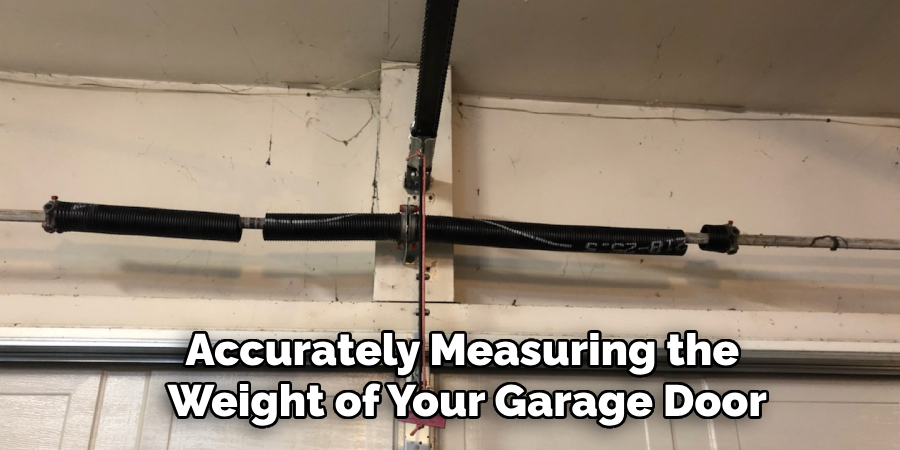
Achieving an exact measurement might require adding weights in increments and summing them up. In addition to a bathroom scale, winding bars are helpful tools for adjusting tension and securing the door in place. Always wear safety gloves and goggles when handling the garage door and related equipment to prevent injuries from potential mishaps.
Determining Spring Size
Calculating the required spring size involves considering the garage door’s weight and height. Begin by consulting the measured weight from your scale. Using this data, reference charts provided by manufacturers or online spring calculators help determine the right spring specifications. These tools consider the door’s weight and height to suggest the correct wire diameter, spring length, and inner diameter.
For example, a heavier door might require a thicker wire size to handle the tension without snapping. Remember that different manufacturers may have slightly varying standards, so cross-reference the results if possible. Follow manufacturer guidelines for optimal spring performance and longevity, ensuring the springs can handle the door’s demands without overstraining the system.
Considerations for Spring Cycle Life
The cycle life of a torsion spring signifies how many times it can open and close before losing its efficacy. Estimating the expected cycle life involves assessing how frequently the garage door is used. For standard residential doors, springs are typically designed to handle about 10,000 cycles. However, opting for high-cycle springs might be more practical if your door sees high traffic, such as multiple daily usages. Factors such as the quality of the spring material and regular maintenance significantly impact spring longevity. Proper lubrication and periodic inspections can prevent rust and wear, extending the spring’s life. Additionally, consider incorporating these maintenance tasks into your regular home upkeep schedule to ensure long-lasting performance and avoid unexpected failures.
Following these steps and considerations ensures your garage door operates smoothly, safely, and efficiently for many years. Knowing proper measurement techniques, accurate specifications, and the factors influencing spring longevity will help you make the best choices for your garage door system.
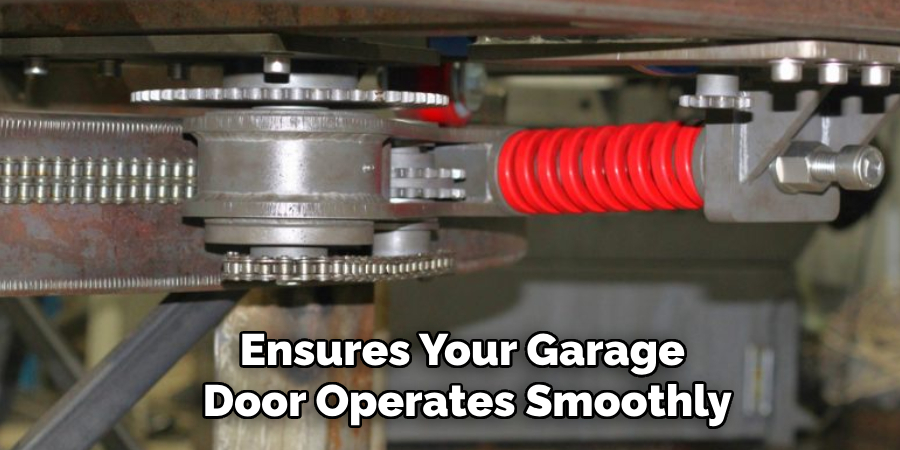
How to Choose Torsion Spring for Garage Door: Choosing the Right Spring Wire Size
Understanding Wire Size
Wire size, also known as wire gauge, plays a critical role in the performance of torsion springs. The wire gauge directly impacts the strength and durability of the spring, as thicker wires can handle higher tension and stress. As the wire gauge decreases (indicating a thicker wire), the spring’s capacity to support heavier doors and higher torque increases.
Choosing the correct wire size ensures that the springs can effectively counterbalance the door’s weight, minimizing wear and tear on the garage door opener and other components. Additionally, it’s important to consider the spring’s cycle life, as thicker wires generally result in longer-lasting springs. When selecting a wire gauge, balance the door weight and required torque to ensure optimal performance and safety.
Selecting Spring Diameter and Length
Choosing the appropriate diameter and length of the torsion spring involves several considerations, including the space available in the garage and compatibility with existing hardware. The spring diameter must fit within the confines of the garage door system without interfering with other components, such as cables and drums. The spring length should also align with the door’s height to ensure smooth and even lifting.
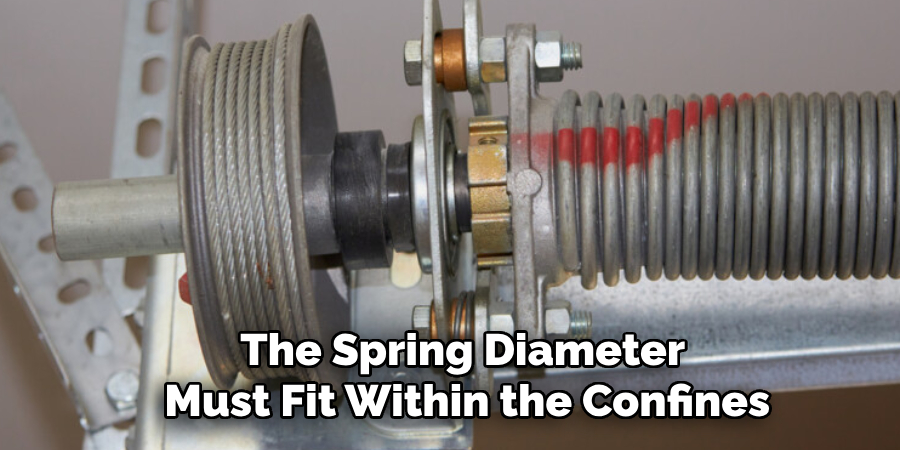
Manufacturers often provide reference charts or online calculators that help determine the ideal spring diameter and length based on door specifications. It’s crucial to ensure that the selected springs can be installed without significantly modifying the existing setup. Properly sized springs contribute to the efficient operation of the door, reducing strain on the opener and enhancing overall safety.
Reviewing Manufacturer Recommendations
Consulting manufacturer specifications and guidelines are essential for selecting the right torsion springs for your garage door. Manufacturers provide detailed recommendations based on extensive testing and industry standards, ensuring the springs meet the required performance and safety criteria. Custom springs may sometimes be necessary, especially for unique door configurations or special requirements.
Custom springs are designed to precisely match the door’s weight, height, and usage patterns, offering tailored solutions that enhance the garage door’s functionality. Always refer to the manufacturer’s product manuals, installation guides, and technical support resources when choosing torsion springs. Following these guidelines helps avoid compatibility issues, ensures proper installation, and maximizes the lifespan of the springs and overall door system.
By understanding wire gauge, selecting the appropriate diameter and length, and reviewing manufacturer recommendations, you can confidently choose the right torsion springs for your garage door, ensuring safe, efficient, and long-lasting performance.
Installation and Safety Considerations
Professional Installation vs. DIY
Hiring a professional for spring installation offers numerous benefits, including expert knowledge, proper tools, and experience in handling high-tension springs. Professionals ensure precise installation, reducing the risk of improper adjustments leading to premature spring failure or door malfunction. Additionally, they often provide warranties, adding an extra layer of protection.
While cost-saving, DIY installation carries significant safety risks. Torsion springs are under immense pressure, and improper handling can result in severe injuries or damage. Without the right tools and know-how, installing or adjusting springs can be dangerous and is generally not recommended for those without experience.
Safety Precautions
When handling torsion springs, following essential safety measures is crucial. Always use professional-grade winding bars specifically designed for winding and unwinding torsion springs; never substitute with screwdrivers or other tools. Secure the spring properly during installation to prevent accidental release, which can cause serious injury. Wear safety goggles and gloves to protect against potential snapping or lashing of springs. Additionally, ensure the garage door opener is disconnected and the area around the door is clear of obstructions and people. Adhering to these precautions can significantly reduce the risk of accidents and ensure a safer installation process.
Maintenance and Lifespan
Maintenance Tips
Regular maintenance of torsion springs is essential for their longevity and performance. Lubricate the springs every six months with a silicone-based lubricant to reduce friction and prevent rust. During lubrication, inspect the springs for signs of wear or damage, such as gaps in the coils or excessive rust. Ensure that the springs remain balanced and tensioned correctly by periodically checking the door’s alignment and functionality. Proper maintenance helps extend the lifespan of torsion springs and ensures safe operation.
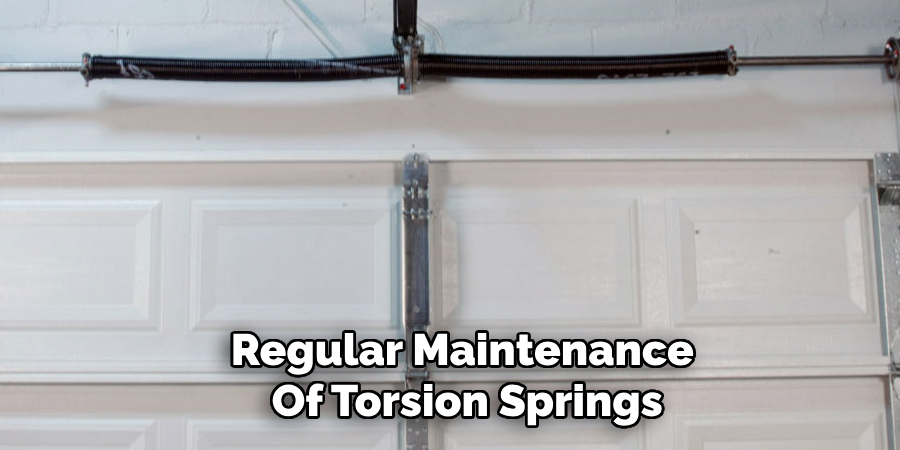
Expected Lifespan
On average, torsion springs have a lifespan of 10,000 to 20,000 cycles, with each cycle representing one complete garage door opening and closing. Over time, signs of wear or fatigue may include difficulty lifting the door, loud noises during operation, or visible gaps in the coil. Replacing the springs before they fail entirely is advisable to prevent potential damage or injury, typically after 7 to 10 years of regular use.
Professional Help and Support
Professional spring selection and installation assistance are advisable when dealing with complex door configurations or high-tension springs. Garage door specialists and technicians offer services such as precise spring measurement, selection of suitable springs, and professional installation to ensure optimal performance and safety. They also perform safety inspections and routine maintenance. The estimated cost for professional spring replacement can range from $150 to $300, depending on the door type and specific requirements, with the process typically taking a few hours. The investment in professional support helps mitigate potential risks and ensures the longevity and efficiency of your garage door system.
Professional Help and Support
Professional spring selection and installation assistance are advisable when dealing with complex door configurations or high-tension springs. Garage door specialists and technicians offer services such as precise spring measurement, selection of suitable springs, and professional installation to ensure optimal performance and safety. They also perform safety inspections and routine maintenance. The estimated cost for professional spring replacement can range from $150 to $300, depending on the door type and specific requirements, with the process typically taking a few hours. The investment in professional support helps mitigate potential risks and ensures the longevity and efficiency of your garage door system.
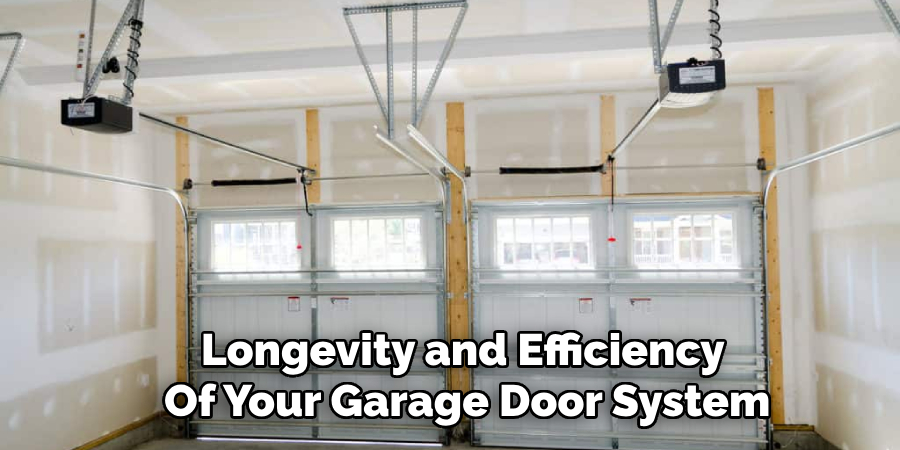
Conclusion
In summary, learning how to choose torsion spring for garage door involves a few critical steps: understanding wire gauge, selecting the appropriate diameter and length, and reviewing manufacturer recommendations. Ensuring that the spring accurately matches your garage door’s specifications is essential for optimal functionality and safety. Prioritizing professional installation or adhering to strict safety precautions during a DIY attempt minimizes risks associated with high-tension springs.
Regular maintenance, including lubrication and inspection for wear, further extends the lifespan and reliability of the springs. By following these guidelines, you can select the right torsion spring to maintain your garage door’s performance, ensuring safe and smooth operation for years. Remember, the initial effort in choosing the correct torsion spring is a worthwhile investment in the longevity and efficiency of your entire garage door system.

